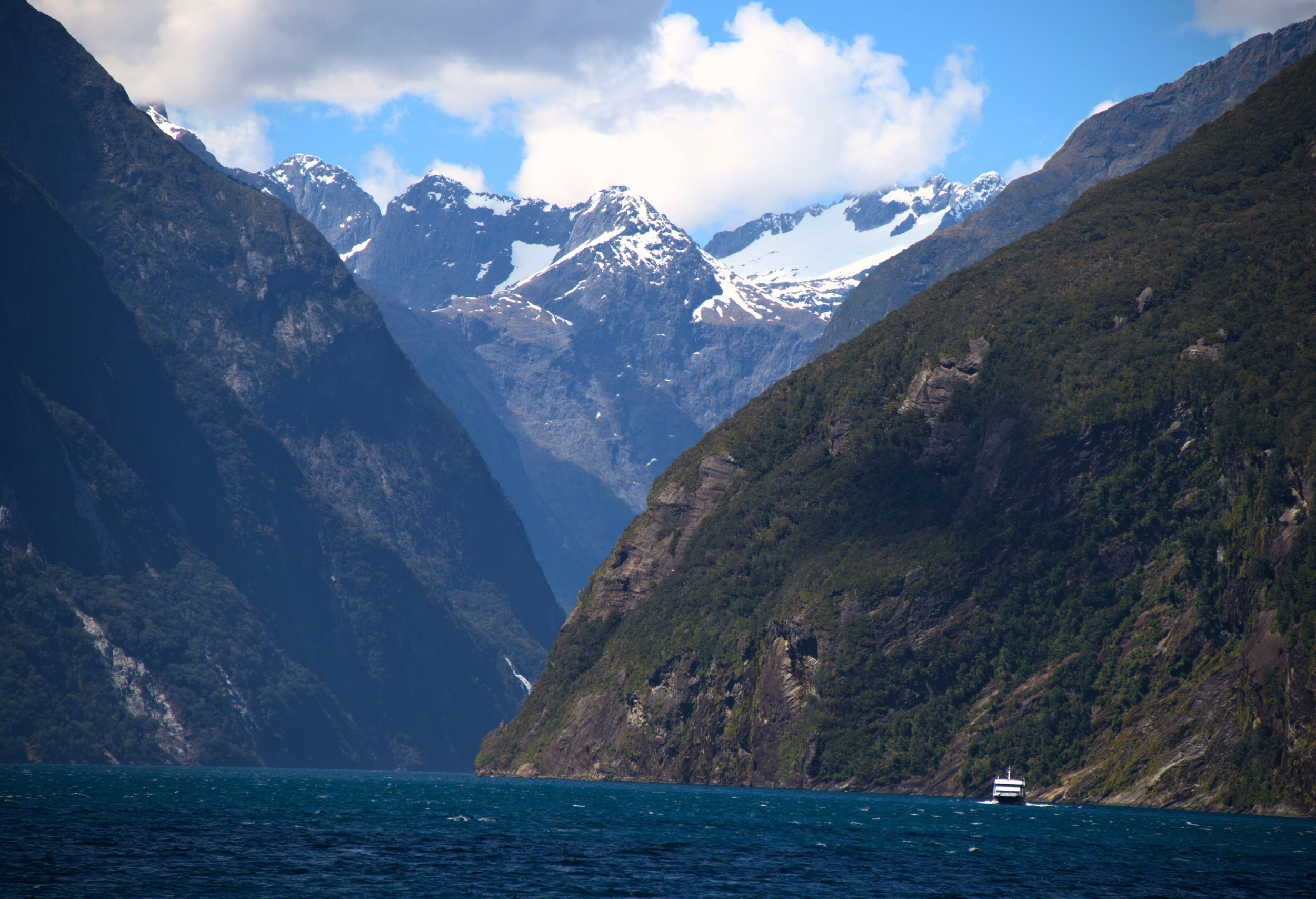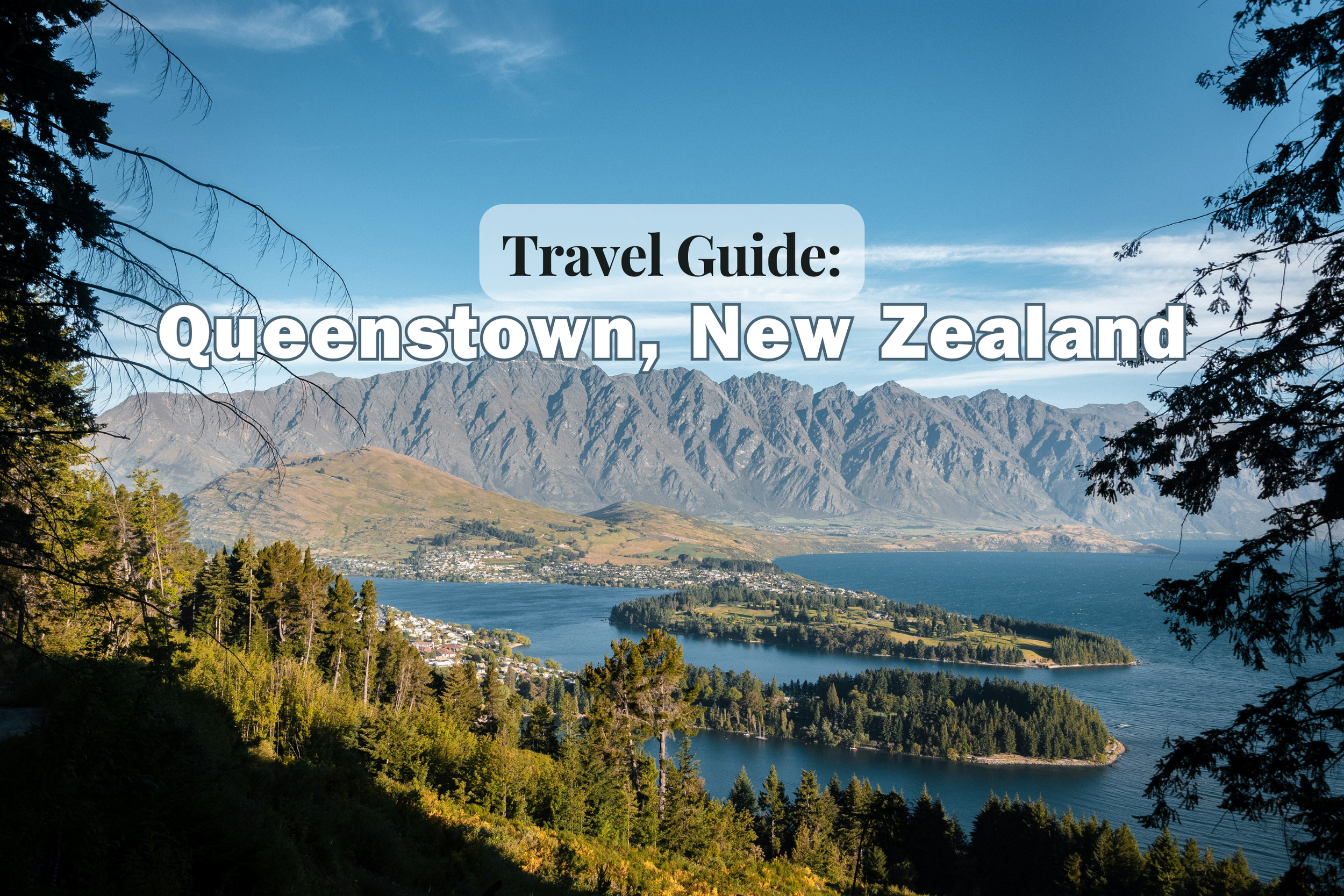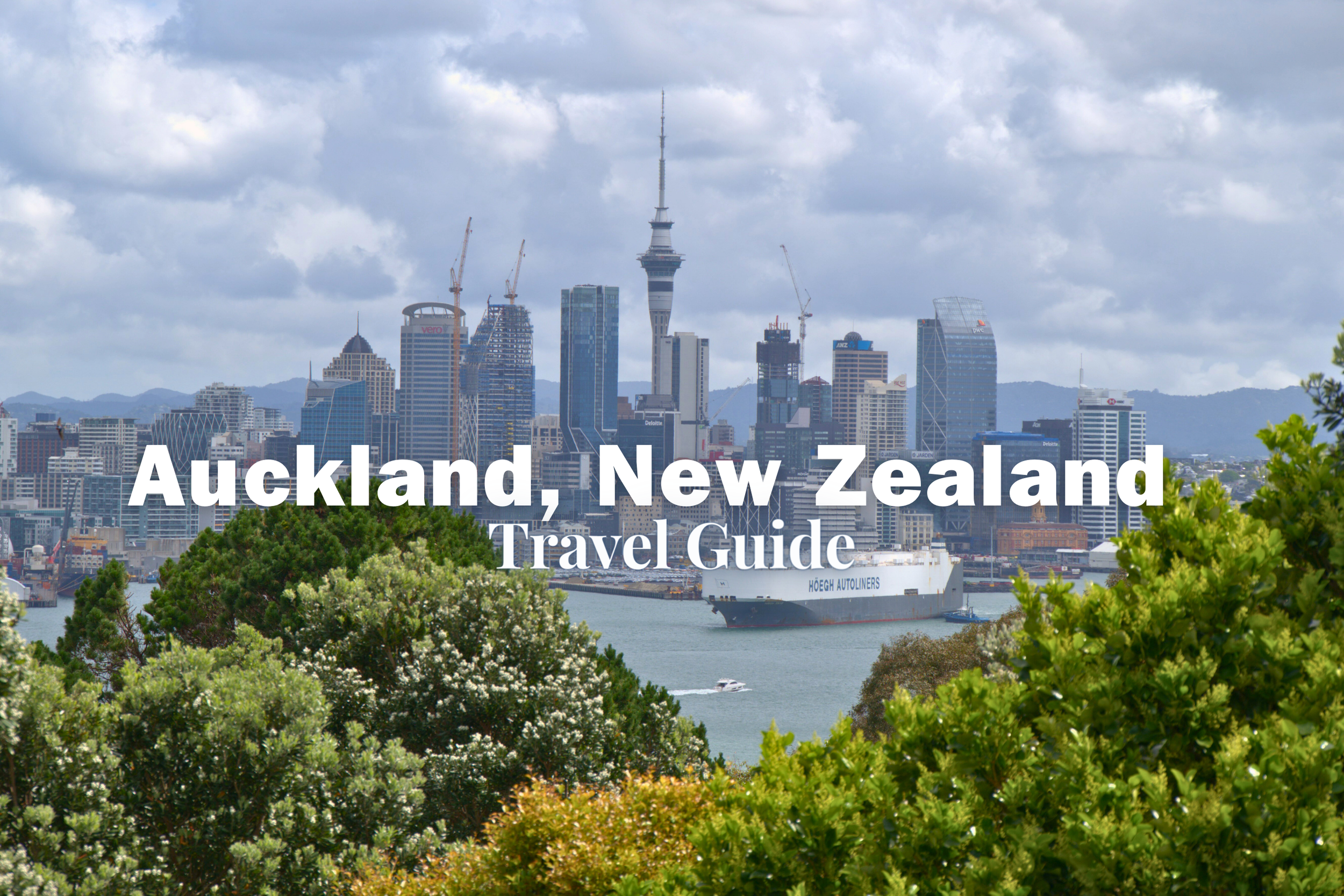
Milford Sound, New Zealand from A to Z: Your Essential Travel Companion
Milford Sound, New Zealand
This comprehensive guide is designed to be your go-to resource for planning an unforgettable visit to one of New Zealand's most breathtaking natural wonders. From practical travel tips and accommodation options to in-depth information about the area's unique ecology and cultural significance, we've got you covered. Prepare to embark on a journey through this UNESCO World Heritage site, armed with local insights, activity recommendations, and essential knowledge to make the most of your Milford Sound experience.
Embark on a comprehensive journey through Milford Sound with our A-Z guide. From ancient Maori legends to zero-waste practices, we'll cover everything you need to know to make your visit to this natural wonder truly unforgettable."=
This introduction succinctly sets up the format and scope of the guide, hinting at the wide range of topics covered while emphasizing the thoroughness of the information provided.
About Milford Sound: Milford Sound, carved by glaciers during the ice ages, is actually a fiord, not a sound. It's 16 km long from the head to the open sea and is surrounded by sheer rock faces that rise 1,200 meters or more on either side. The fiord's u-shaped profile, hanging valleys, and striated rock faces are a testament to its glacial origins. Milford Sound is part of Fiordland National Park, New Zealand's largest national park at 1.2 million hectares, and was declared a World Heritage Site in 1990.
Best Time to Visit:
Summer (December-February): Warmest temperatures (10-20°C), longest daylight hours, but also the busiest season. Perfect for water activities.
Autumn (March-May): Cooler temperatures, beautiful foliage, fewer crowds. Great for hiking and photography.
Winter (June-August): Coldest (1-10°C), but also the quietest season. Snow-capped peaks create stunning vistas. Ideal for seeing waterfalls in full flow.
Spring (September-November): Mild weather, newborn wildlife, and blooming native flowers. Good for all activities but can be rainy. Milford Sound receives around 7 meters of rainfall annually, making it one of the wettest inhabited places in New Zealand. Don't let rain deter you - it creates hundreds of temporary waterfalls cascading down the cliff faces.
Conservation and Ecology: Milford Sound's ecosystem is incredibly diverse, supporting a range of habitats from temperate rainforests to alpine environments. The area is home to endangered species like the takahe, a flightless bird once thought extinct. Marine reserves protect 690 hectares of the fiord, supporting species like black coral usually found only in deep ocean environments. Visitors can contribute to conservation efforts by following guidelines, staying on marked trails, and not disturbing wildlife.
Day Trips vs. Overnight Stays:
Day trips typically involve:
4-5 hour drive each way from Queenstown (or 2-3 hours from Te Anau)
2-hour cruise on the fiord
Brief stops at key viewpoints
Overnight stays allow for:
Early morning or sunset cruises when the fiord is less crowded
Stargazing in one of the darkest skies in New Zealand
Chance to see wildlife at dawn and dusk when they're most active
More time for hiking and kayaking
Opportunity to experience the fiord in changing weather conditions
Consider staying in Te Anau for a middle-ground option, allowing earlier arrival at Milford Sound than day-trippers from Queenstown.
Excursions and Activities:
Scenic Cruises: Range from 1.5 to 3 hours, some include visits to an underwater observatory or kayaking
Kayaking: Guided tours available for beginners, rentals for experienced paddlers
Diving: Explore the unique deep-water emergence of black coral
Hiking: From 10-minute nature walks to multi-day treks
Scenic Flights: Fixed-wing aircraft and helicopter tours available, some landing on glaciers
Milford Track: One of New Zealand's "Great Walks", a 4-day, 53.5 km hike
Underwater Observatory: Descend 10 meters underwater to view marine life
Fauna and Flora: Fauna:
Marine life: Bottlenose dolphins, New Zealand fur seals, Fiordland crested penguins
Birds: Kea (alpine parrot), takahē, tui, bellbird, fantail
Insects: Unique species like the Fiordland wētā and glowworms
Flora:
Trees: Silver beech, mountain beech, rimu, totara
Smaller plants: Numerous fern species, native orchids, mosses and lichens
Alpine plants: Mount Cook buttercup, gentians, edelweiss
Getting There:
By Road: State Highway 94 (the Milford Road) is the only road access
118 km from Te Anau (2-2.5 hours)
295 km from Queenstown (4-5 hours)
Road can be hazardous in winter; carry snow chains
By Bus: Numerous operators run daily services from Queenstown and Te Anau
By Air: Scenic flights and fly-cruise-fly options available from Queenstown
By Foot: Via the Milford Track (54 km, 4 days)
The Milford Road is an attraction itself, with numerous scenic stops. Allow extra time for photo opportunities.
Hiking Trails:
Milford Track: 53.5 km, 4 days. Advance booking required.
Routeburn Track: 32 km, 2-4 days. Connects Fiordland to Mount Aspiring National Park.
Key Summit Track: 3-hour return. Panoramic alpine views.
Lake Marian Track: 3-hour return. Challenging trail to an alpine lake.
Gertrude Saddle Route: 4-6 hour return. Steep, requires good fitness and weather.
Milford Foreshore Walk: 30-minute loop. Easy walk with great views of Mitre Peak.
The Chasm Walk: 20-minute return. Powerful waterfalls through sculpted rocks.
Each trail offers unique perspectives of the Fiordland landscape. Always check weather conditions and inform someone of your plans before setting out.
Insider Tips:
Visit during shoulder seasons (April-May or September-November) for fewer crowds.
Bring cash; ATM facilities are limited in Milford Sound.
Book activities and accommodation well in advance, especially in peak season.
Be prepared for rapid weather changes; pack layers and waterproof gear.
The Milford Sound Underwater Observatory doesn't require getting wet - perfect for non-divers.
Consider a multi-day kayaking trip for a truly immersive experience.
Look for "tree avalanches" - areas where trees have slid down the steep mountain faces.
Jetty and Cruise Information:
Most cruises depart from the Milford Sound Visitor Terminal.
Cruise durations range from 1.5 to 3 hours; some include lunch.
Smaller boats can get closer to waterfalls and shoreline wildlife.
Some cruises offer underwater viewing chambers or glass roofs.
Evening cruises are available in summer, offering a different perspective.
Overnight cruises are an option for a more in-depth experience.
Check if your cruise goes out into the Tasman Sea; the contrast is spectacular.
Kayaking Adventures:
Guided tours range from 4-8 hours; multi-day trips also available.
No experience necessary for most guided tours.
Best way to experience the scale of the fiord's cliffs.
Chance to get close to fur seals and penguins.
Some tours combine kayaking with a cruise for a varied experience.
Sunrise and sunset kayaking tours offer magical lighting conditions.
Always follow guide instructions; weather can change quickly.
Lodging Options:
Milford Sound Lodge: Only accommodation at Milford Sound. Offers chalets and powered campervan sites.
Te Anau accommodations:
Budget: Te Anau Lakefront Backpackers, Te Anau Kiwi Holiday Park
Mid-range: Aden Motel, Lakefront Lodge
Luxury: Fiordland Lodge, Cabot Lodge
Department of Conservation (DOC) campsites along Milford Road: Basic facilities, first-come-first-served basis.
Freedom camping is restricted in the area; always use designated sites.
Maori Culture and History:
Legend says the demigod Tu-te-raki-whanoa carved the fiords with his adze, Te Hamo.
Early Maori visited seasonally for hunting, fishing, and collecting precious pounamu (greenstone).
European explorer John Grono named it Milford Haven in 1812 after his homeland in Wales.
Captain John Lort Stokes later renamed it Milford Sound.
Milford Track follows ancient Maori greenstone trails.
Nature Photography:
Best locations: Milford Sound Lookout, The Chasm, Mirror Lakes, Eglinton Valley.
Early morning for still reflections, afternoon for backlit mountains.
Use a polarizing filter to reduce glare on water.
Wide-angle lenses capture the scale of landscapes.
Telephoto lenses useful for wildlife and waterfall close-ups.
Protect your gear from rain and spray; bring waterproof covers.
Capture the contrast between dark waters and snow-capped peaks.
Night photography can yield stunning star-filled skies or aurora australis.
Outdoor Safety:
Check MetService for weather forecasts before any outdoor activities.
Inform someone of your plans if hiking, even on short trails.
Carry appropriate gear: warm clothes, rain gear, food, water, first aid kit.
Be avalanche-aware in winter and spring, especially on alpine routes.
Sandflies are prevalent; use insect repellent and cover up.
Cell phone coverage is limited; consider hiring a personal locator beacon for remote hikes.
Always stay on marked trails to protect yourself and the environment.
If driving, be prepared for icy roads in winter; carry chains.
Packing Essentials:
Layered clothing: thermals, fleece, waterproof outer layer
Sturdy, waterproof hiking boots
Sun protection: hat, sunglasses, high-SPF sunscreen
Insect repellent
Camera and spare batteries
Reusable water bottle, snacks and energy bars
Toiletries, including biodegradable soap, first aid kit
Backpack for day hikes
Swimwear (for the brave!)
Binoculars for wildlife spotting
Quiet Spots:
Lake Gunn: Peaceful area with a nature walk, great for picnics.
Gertrude Valley: Less crowded hiking area with alpine scenery.
Tutoko Valley: Off-the-beaten-path area, requires guided access.
Hollyford Track: Multi-day hike less crowded than Milford Track.
Boat trip to Sandfly Point: Quieter end of the sound, historic sites.
Dawn at the Milford Sound foreshore: Peaceful before day-trippers arrive.
Lake Ada: Tranquil spot accessible via boat on longer cruises.
Restaurants and Dining:
Blue Duck Café & Bar at Milford Sound Lodge: Only restaurant in Milford Sound. Offers breakfast, lunch, dinner, and takeaways.
Discover Milford Sound Information Centre & Café: Light meals and snacks.
Cruise boat options: Many cruises offer lunch or dinner options.
Te Anau dining options:
Redcliff Café: Local cuisine with vegetarian options
The Fat Duck: Gastropub with craft beers
Ristorante Pizzeria Paradiso: Italian cuisine
Kepler Restaurant: Fine dining with local ingredients
Consider packing a picnic for scenic spots along Milford Road.
Scenic Drives: Milford Road (State Highway 94) highlights:
Te Anau Downs: Departure point for Milford Track boats
Eglinton Valley: Vast u-shaped, glacier-carved valley
Mirror Lakes: Small lakes offering perfect mountain reflections
Lake Gunn: Serene lake with a nature walk
The Divide: Lowest east-west pass in Southern Alps, start of Routeburn Track
Homer Tunnel: 1.2 km long tunnel through solid rock
The Chasm: Short walk to powerful waterfalls
Milford Sound Lookout: First view of Milford Sound
Tour Operators:
Real Journeys: Offers a range of cruises, including overnight options
Southern Discoveries: Runs the underwater observatory and various cruises
Go Orange: Adventure-focused tours including kayaking
Cruise Milford: Smaller boats for a more personal experience
Mitre Peak Cruises: Family-owned operation with intimate cruise options
Air Milford: Scenic flights and fly-cruise-fly packages
Rosco's Milford Kayaks: Guided kayaking tours
Underwater Observatory:
Located at Harrison Cove, accessible only by boat
Descend 10 meters underwater without getting wet
View rare black coral and colorful sea creatures
11 large windows provide 360-degree underwater views
Informative displays about the unique marine environment
Guides provide commentary on the ecosystem and species
Visitor Center:
Located at Milford Sound terminal
Provides up-to-date information on weather, track conditions, and activities
Displays on local history, geology, and wildlife
DOC staff available to answer questions and provide advice
Booking services for local activities and accommodation
Small gift shop with souvenirs and essential items
Public toilets and Wi-Fi available
Waterfalls:
Stirling Falls: 151m, three times the height of Niagara Falls
Bowen Falls: 162m, powers Milford Sound's electricity
Lady Bowen Falls: Highest in Milford Sound at 162m
Four Sisters: Four waterfalls in close proximity, best after rain
Fairy Falls: Delicate falls near the mouth of the fiord
Bridal Veil Falls: Thin, wispy falls visible in wetter months
Palisade Falls: Impressive falls flowing from hanging valley
Temporary falls: Hundreds appear after heavy rain
X-treme Adventures: While Milford Sound focuses on nature experiences, nearby areas offer:
Queenstown: Bungy jumping, skydiving, jet boating, paragliding
Te Anau: Glowworm caves, jet boat tours
Doubtful Sound: Overnight wilderness cruises
Fiordland: Heli-hiking, backcountry fishing
Stewart Island: Kiwi spotting, multi-day hikes
Yearly Events:
Milford Mountain Classic (January): Cycle race from Milford Sound to Te Anau
Te Anau Tartan Festival (July): Celebrates the area's Scottish heritage
Fiordland Vintage Machinery Club Annual Rally (February): Displays of vintage machinery
Bird-watching seasons:
Kea: Year-round, more visible in winter
Fiordland crested penguin: July to November
Migratory birds: September to April
Zero Waste:
Bring reusable water bottles, coffee cups, and shopping bags
Choose tours and accommodations with strong environmental policies
Use biodegradable toiletries and sunscreens
Pack out all rubbish, including organic waste
Stick to marked trails to prevent erosion and protect plant life
Support local conservation efforts through donations or volunteer work
Minimize water usage, especially in accommodations





















